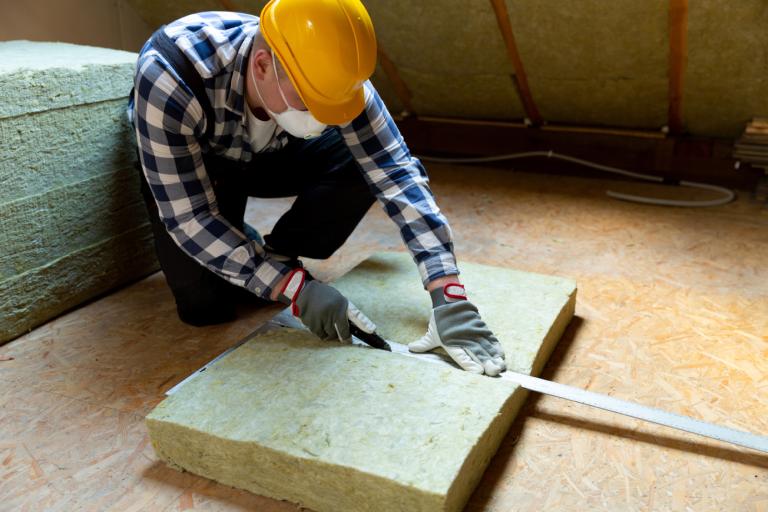We are improving our site by involving residents.
Help us continue to improve by giving your feedback
Retrofitting means making improvements to your home to make it more energy efficient.
This process involves:
In Croydon, the energy used to heat and power homes in 2022 was 43% of the borough’s total greenhouse gas emissions.
By retrofitting your home, you can play your part in our Carbon Neutral Action Plan to reduce energy in homes and reach the goal of the borough being ‘net-zero’ by 2050.

Retrofitting significantly reduces energy consumption, especially in older homes. This helps to lower energy costs, and makes homes more environmentally friendly.
This can be achieved by:
This is important for reaching decarbonisation goals.
In 2020, 96% of homes with an energy efficiency rating of band F and G failed the Decent Homes Standard, highlighting the need for retrofitting homes.
Poorly insulated homes can be cold, damp and uncomfortable.
These housing conditions can lead to health problems such as:
Retrofitting can improve indoor air quality, comfort and temperature control.
This makes homes healthier for everyone, including:
Keeping your home warm and frequently ventilated can prevent many health issues that are caused by condensation, damp or mould.
We have funding schemes to help you stay warm and save energy:
Retrofitting makes housing more sustainable and is generally more cost effective than new builds.
It can also provide the following benefits:
NEW Help improve this site by giving feedback Show Hide
Send feedback directly to the content team using our website feedback form
You can also join our user research group to receive invites to activities and surveys to help shape future improvements to the site.